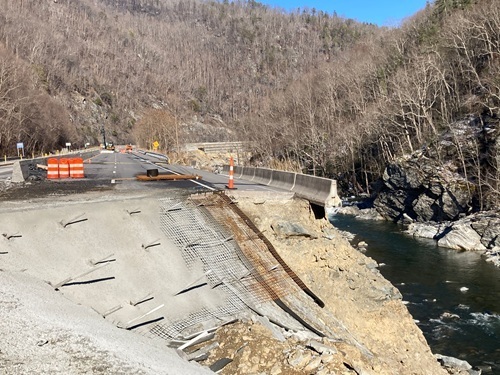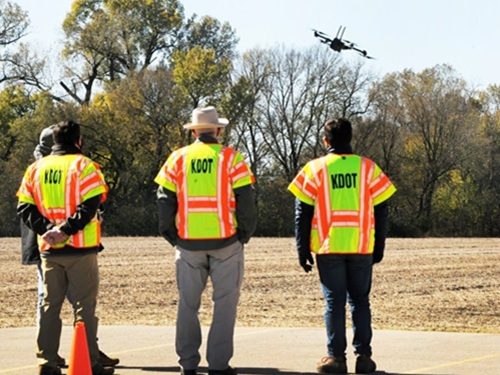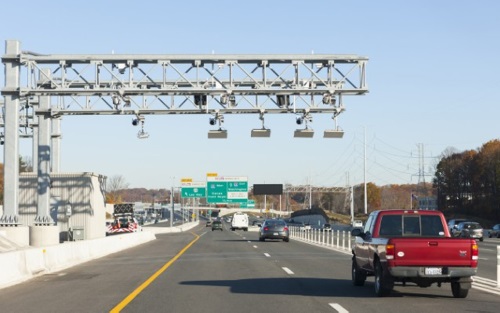The Virginia Department of Transportation and Virginia’s Office of Public-Private Partnerships recently received a 2020 ‘Public Sector Procurer of the Year’ award in recognition of its support of public-private partnerships or P3s.
[Above photo of the I-495 express lanes by Virginia DOT.]
“The Virginia program has developed P3s involving more than $12.6 billion of value with less than $1 billion of taxpayer funds,” explained Thomas Sherman, deputy director of the Virginia DOT’s Office of Public-Private Partnerships, in a statement.

“Through these projects, VDOT has delivered significant roadway options and solutions to Virginia motorists and taxpayers through collaborative partnerships with the private sector,” he said.
The Virginia DOT noted that Virginia has used public-private partnerships since 1992 to deliver innovative solutions for transportation and funding challenges.
“Virginia’s world-class P3 program is a model for others highlighting innovative financing to successfully deliver major infrastructure improvements,” added Stephen Brich, Virginia DOT’s commissioner.

“Virginia P3 projects have injected billions of dollars into Virginia’s economy, supported tens of thousands of jobs and offered unique solutions to address multifaceted challenges,” he said. “By connecting our regional transportation networks, Virginia P3 solutions offer service delivery options that residents and travelers likely otherwise would not have.”
Successful operating P3 projects in Virginia include the I-495 Express Lanes, the I-95 Express Lanes and I-395 Express Lanes in northern Virginia, plus the Elizabeth River Tunnels in the Hampton Roads area.
Several other state departments of transportation have turned to P3 projects to help reconstruct critical infrastructure.
For example, in February, the Pennsylvania Department of Transportation selected an initial group of bridges under consideration for its Pathways Major Bridge P3 Initiative.

That initiative is also the result of an alternative funding planning and environmental linkages or PEL study currently underway – part of an effort to identify near- and long-term funding solutions to support this P3 program as well as for the state’s overall transportation system.
One of the early findings of the PEL study is that tolling of major bridges in need of replacement or rehabilitation appears to be a “viable” near-term solution. Through the P3 model, PennDOT said it could leverage private investment to rebuild critical bridges during “a period with historically low interest rates” and a “favorable” labor market.
Currently, PennDOT said its highway and bridge budget for construction and maintenance totals roughly $6.9 billion per year – less than half of the $15 billion the agency said is needed to keep Pennsylvania’s highways and bridges in a state of good repair and address major bottlenecks on our roadway network.
 States
States
NCDOT to Rebuild I-40 with National Forest Rocks
June 27, 2025 States
States

